Ecommerce Content: Types & Strategy for Success
Ecommerce in a digital-first world is more than just listing the products online. The competition today is very hard, and no longer can the simple website and catalog of items attract and retain customers. Rather, it’s the way through which successful ecommerce brands communicate to their audience, and this’s where content really plays a very important role.
Content is the bridge that connects the potential buyer to your brand and helps them make informed purchasing decisions. Whether it is an interesting product description, informative blog posts, or great videos, a good content strategy can turn an ordinary online store into a profitable business.
But what type of content do I focus on and how to properly develop a strategy that can create alignment with their business objectives. Let’s have a deeper view of the indispensable types of contents for an e-commerce website together with its application in the planning of an actionable strategy.
Types for ecommerce sites
- Product descriptions : Clear, persuasive, and informational product descriptions lead to good user experience and, subsequently, increase conversion rates. Make it benefit-driven instead of feature-driven with the help of persuasive language. Descriptions will also be improving the SEO performance and increasing ranks of the product on the search engine.
- Clear Images & Videos : For the purpose of online shopping, images and videos work best for the judgement of customers. Include 360-degree views and product demo videos to make things engaging.
- Customer Reviews & Testimonials : This is also a trust criterion that impels a customer to a greater extent in purchasing a product. Make sure that they leave their reviews and put them up at the product page.
- Blogs & Articles : Blog posts that inform and educate contribute to organic traffic and authority on a niche subject. Topics range from buying guides and product comparison to industry trend.
- FAQs & Help Guides : Be proactive with customer questions and have answering these extensively to refine the whole shopping experience. Establish an all-inclusive FAQ section to reduce customer services going forward.
- User-Generated Content (UGC) : Encourage customers to provide reviews through their social media, unboxing video, and reviews. UGC is authentic; it builds and enhances community participation.
- Social media content : Catchy posts, reels, and engaging content increase the brand‘s presence and engagement from customers. Use Instagram, Facebook, and Pinterest for promoting products.
- Content for Email Marketing : Newsletters, cart abandonment emails, and special offers have customers coming back for more purchase.
How to Create Your Ecommerce Content Marketing Strategy
- Know Who Your Target Customers Are : Customers’ pain areas, preferences, and online behaviour are what guide the content strategy. Conduct some surveys, assess customer feedback and track user engagements to fine tune your understanding.
- Define Clear Goals : Ensure these goals are measurable, such as increased website traffic, better conversion rates, or enhanced brand recognition. Make them aligned with the business model and customer journey.
- Keyword Research : Optimize contents with relevant keywords to improve organic search rankings, which will ultimately attract organic visitors. Use a tool like Google Keyword Planner or Ahrefs to find search terms that people are currently discussing.
- Content Calendar : Plan and schedule content across channels in a consistent manner. A planned calendar allows keeping track of consistency and proper time management based on market trends.
- Utilize SEO Best Practices : This involves proper headings, meta descriptions, and internal linking for better search visibility. Implement structured data markup to improve indexing in search engines and user engagement.
- Promote Your Content : Share across channels, social media, email marketing, paid advertising, influencers and brand advocates. Reach out to influencers and brand ambassadors for greater outreach and credibility.
- Analyze & Optimize Performance : Monitor engagement, conversions, and traffic to tweak your strategies accordingly. Continuously A/B test around various content formats and promotional tactics in order to boost effectiveness.
Content is the soul of a prosperous ecommerce business. Using various content types and establishing a proper content strategy can only improve customer experience, brand credibility, and the sales. Regardless of whether one uses product description, blog pages, or simply customer testimonials to engage customers in their buying activities, the proper content approach ensures the long-run success of any ecommerce store. Invest in good content, and your online business will bloom
Enquiry
Recent Updates
- 12 February 2025
- 12 February 2025
- 12 February 2025
- 12 February 2025







